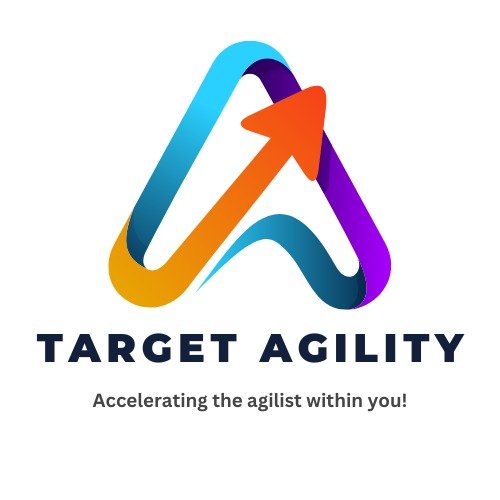How to Prioritize Backlog Items When Everything Feels Urgent

How to Prioritize Backlog Items When Everything Feels Urgent As a Product Owner, it’s common to feel overwhelmed by a never-ending backlog full of features, bug fixes, and ideas. It can seem like everything is a top priority! But if you try to do it all, you risk getting stuck or working on the wrong things. Here’s a straightforward way to decide what to focus on first. 🟠 Start with Your Product Vision Before sorting your backlog, take a step back and think about your product vision. What are you trying to achieve? If an item doesn’t help you reach your product goals, it’s probably not urgent. Make sure your team and stakeholders know this vision so you’re all on the same page. 🟠 Use a Framework to Make Decisions Instead of guessing, use a simple framework to help you sort priorities. Here are some examples: Using a framework keeps you from relying only on opinions. 🟠 Think About Value vs. Effort Not all tasks are equal. A big idea might be great for users, but if it takes forever to build, it may not be worth it right away. A Value vs. Effort matrix can help: This way, you spend time on the most impactful work. 🟠 Get Input from Stakeholders—But Set Boundaries Stakeholders will always have opinions about what’s most important. Listen to them, but don’t let them take over your prioritization process. Hold regular backlog refinement sessions where you explain your decisions and show data to support them—like customer feedback or usage stats. Being open about how you decide builds trust, even when you can’t do everything they ask for right away. 🟠 Review and Adjust Often Prioritization isn’t just a one-time job. Customer needs, market conditions, and technology all change. That’s why it’s important to review your backlog regularly—ideally once a sprint. Adjust priorities so you’re always working on what matters most. 🟠 Don’t Forget Technical Work It’s tempting to skip technical debt and bug fixes when you’re under pressure. But if you keep ignoring them, they’ll slow down your progress later. So make sure to set aside time for technical improvements alongside new features. 🟠 Be Ready to Say “No” (or “Not Yet”) Sometimes, you have to say “no” or “not yet.” Trying to do everything at once is a fast track to burnout and low-quality work. If you’re clear about why you’re saying no—like focusing on customer value and your product vision—people will understand. Final Thoughts When your backlog is packed and everything feels urgent, take a step back. Remember your product vision, use a simple framework to decide what matters, and involve your team and stakeholders without losing focus. Balance quick wins with strategic investments, keep your tech healthy, and don’t be afraid to say no. This approach will help you cut through the clutter and move your product forward with confidence. As a Product Owner, it’s common to feel overwhelmed by a never-ending backlog full of features, bug fixes, and ideas. It can seem like everything is a top priority! But if you try to do it all, you risk getting stuck or working on the wrong things. Here’s a straightforward way to decide what to focus on first. Start with Your Product Vision Before sorting your backlog, take a step back and think about your product vision. What are you trying to achieve? If an item doesn’t help you reach your product goals, it’s probably not urgent. Make sure your team and stakeholders know this vision so you’re all on the same page. Use a Framework to Make Decisions Instead of guessing, use a simple framework to help you sort priorities. Here are some examples: Using a framework keeps you from relying only on opinions. Think About Value vs. Effort Not all tasks are equal. A big idea might be great for users, but if it takes forever to build, it may not be worth it right away. A Value vs. Effort matrix can help: This way, you spend time on the most impactful work. Get Input from Stakeholders—But Set Boundaries Stakeholders will always have opinions about what’s most important. Listen to them, but don’t let them take over your prioritization process. Hold regular backlog refinement sessions where you explain your decisions and show data to support them—like customer feedback or usage stats. Being open about how you decide builds trust, even when you can’t do everything they ask for right away. Review and Adjust Often Prioritization isn’t just a one-time job. Customer needs, market conditions, and technology all change. That’s why it’s important to review your backlog regularly—ideally once a sprint. Adjust priorities so you’re always working on what matters most. Don’t Forget Technical Work It’s tempting to skip technical debt and bug fixes when you’re under pressure. But if you keep ignoring them, they’ll slow down your progress later. So make sure to set aside time for technical improvements alongside new features. Be Ready to Say “No” (or “Not Yet”) Sometimes, you have to say “no” or “not yet.” Trying to do everything at once is a fast track to burnout and low-quality work. If you’re clear about why you’re saying no—like focusing on customer value and your product vision—people will understand. Conclusion When your backlog is packed and everything feels urgent, take a step back. Remember your product vision, use a simple framework to decide what matters, and involve your team and stakeholders without losing focus. Balance quick wins with strategic investments, keep your tech healthy, and don’t be afraid to say no. This approach will help you cut through the clutter and move your product forward with confidence.

